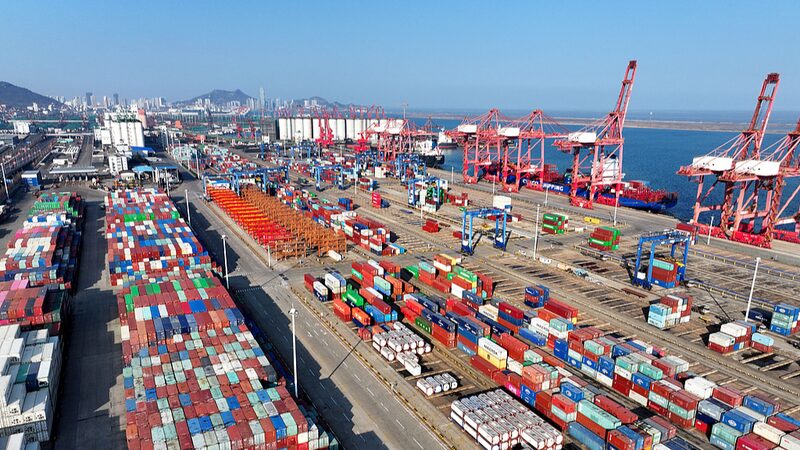The global semiconductor industry is like a high-stakes game of Jenga—remove one block, and the whole tower wobbles. 🌍🔌 At the center of this tension? The U.S. and China, whose trade policies are reshaping the future of tech.
Why Globalized Chips Matter
Semiconductors power everything from TikTok-ready smartphones to AI-driven innovations. With 39 countries involved in manufacturing and 25 in testing, it’s a truly global effort. China has been a key player since 2006—its massive market and manufacturing muscle (think raw materials, packaging, and R&D) help keep costs low and supply chains resilient. But recent U.S. moves—like the CHIPS Act and Chip 4 Alliance—aim to exclude China, sparking fears of a tech cold war. ❄️⚡
Fragmentation = Game Over?
Forcing countries to build their own 'chip walls' could backfire. Already, Huawei’s challenges and pandemic-era shortages showed how easily supply chains snap. Now, other nations are rolling out their own 'chip acts,' turning collaboration into competition. 🏃♂️💨 If this escalates, expect higher prices, slower innovation, and a fractured global economy.
Experts urge cooperation: 'Silicon Valley meets Shenzhen' might sound like a sci-fi collab, but it’s the only way to keep the tech world spinning smoothly. 🤖✌️
Reference(s):
Breaking the global semiconductor supply chain: Counterproductive
cgtn.com




